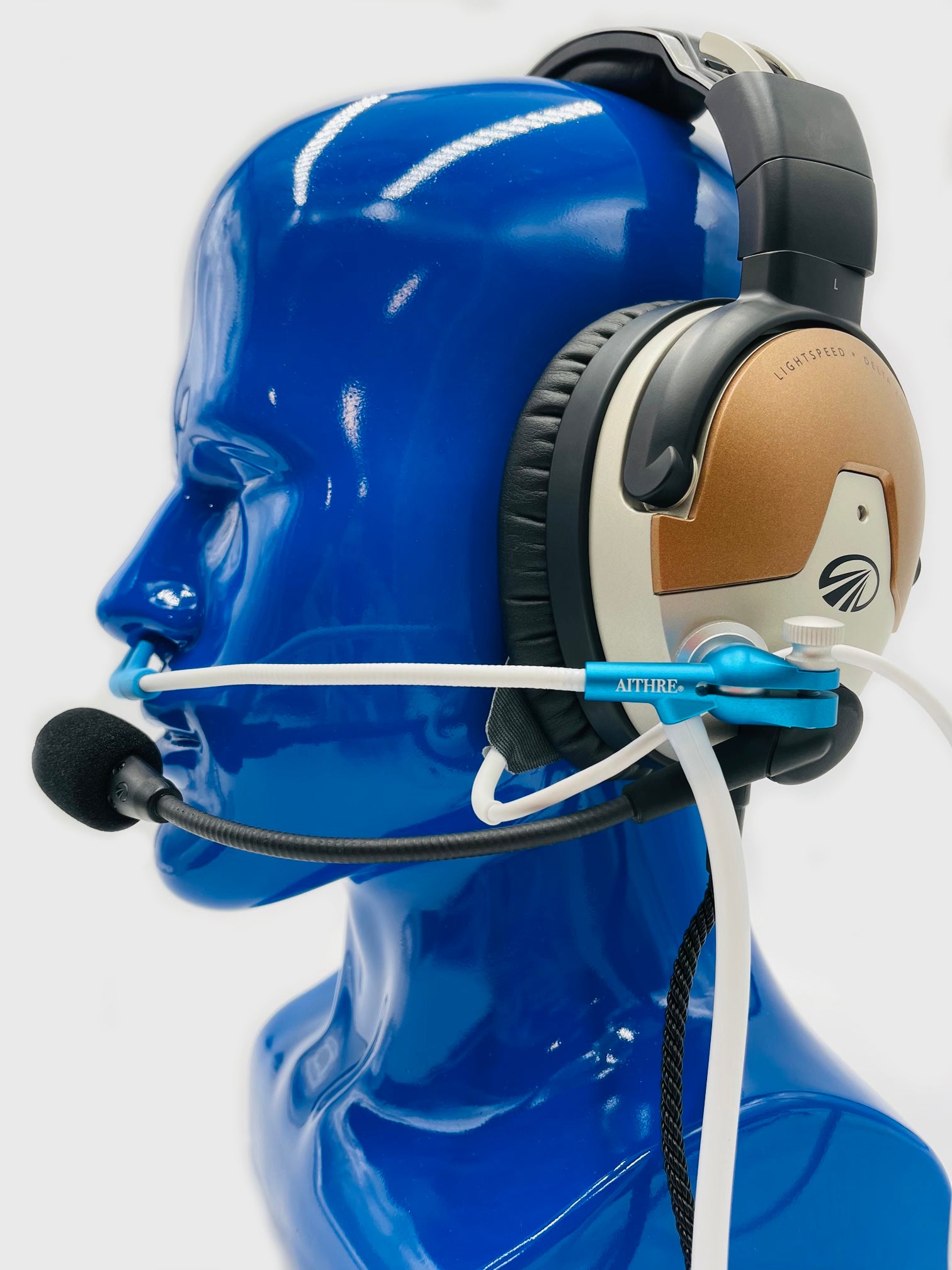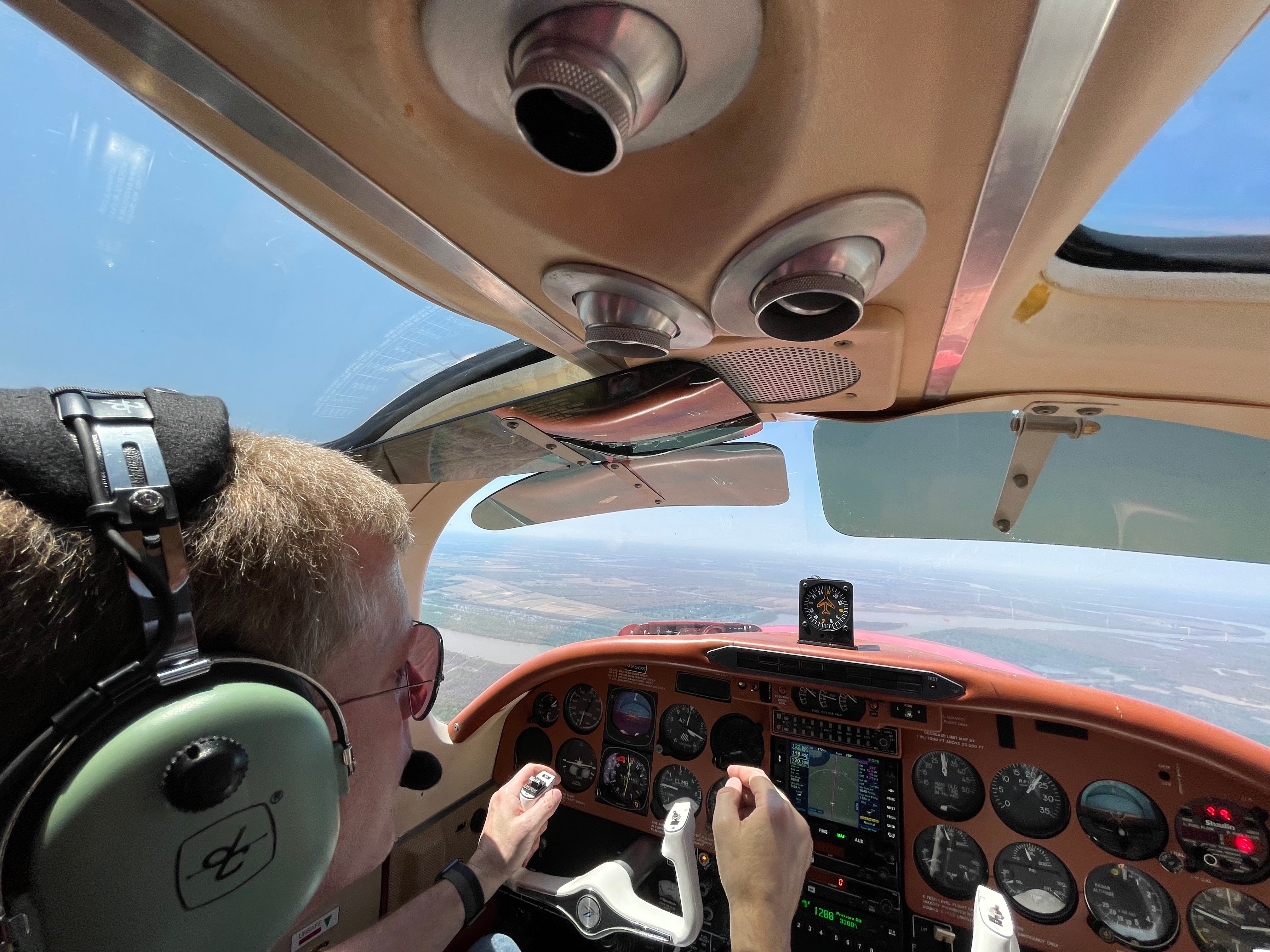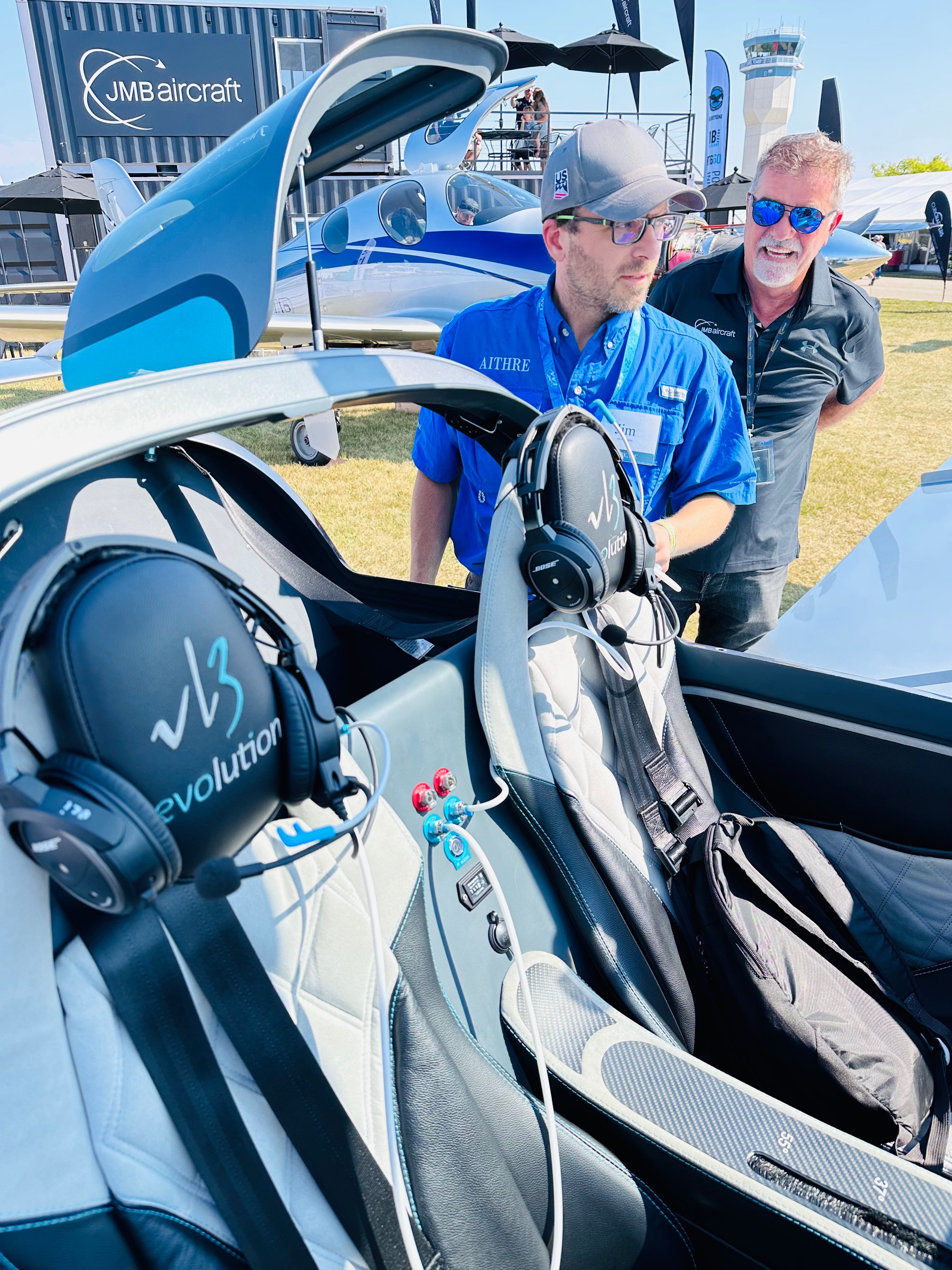By James Runnels, MD
Aithre Shareholder, ER Physician, Mooney and Aerostar Owner, Multi/Instrument Rated Private Pilot
**
When your special someone really, really wants to keep their surprise gift to you a surprise, it’s probably better that you don’t become aware of it in advance. In most other cases, though, early detection is usually a good thing.
When a bad thing seems to happen suddenly, it’s often the case that had you been aware sooner, you could have done something. It’s usually not quite as sudden as it appears — you just didn’t know soon enough. Your traffic app helps you avoid a standstill on a bridge before you’re stuck in it. Many types of cancers can be picked up with screening at a treatable stage, before symptoms appear. ADS-B gives us more and better traffic and weather info in near real time to help us not bump into either of those things unintentionally. Bruce Willis & the boys kept that asteroid from smashing us by having enough advance notice to blow it up just in the nick of time.
So it is with the two big gases for pilots, oxygen and carbon monoxide.
Knowing your ground level baseline pulse ox readings at your home altitude can help you map out your strategies for when to add supplemental O2 and/ or descend. If you monitor yourself in flight, you will see falling pulse ox readings significantly before you would have any chance of recognizing the symptoms of meaningful hypoxia. As with cancers and asteroids — by the time you are physically aware of the problem, the chance of averting bad outcomes is greatly reduced compared to an effective early warning system.
The same applies to carbon monoxide, but with some other more subtle considerations. We all know what exhaust smells like, and most of us can easily tell the differences between the smell of car exhaust compared to a diesel truck or Jet-A or whatever. It’s very easy to believe that you would smell an exhaust leak in flight, and that would be your early warning system. But that can be a fatal mistake. CO is *truly* odorless and colorless. What you smell in exhaust is any of a number of other exhaust gas components. And if you are smelling them, they are in fairly high concentration. A small or even tiny exhaust leak of whatever type that allows combustion products to enter the cabin can be (usually is) completely undetectable to your nose despite the presence of meaningful levels of CO.
This is because CO begins to become dangerous in a slow, insidious fashion at low concentrations. If you detect exhaust by smell — by all means, react appropriately and promptly. But don’t make the mistake of believing that if you can’t smell any, then there can’t be any danger.
The trick that CO pulls here is an unavoidable fact of physiology. It binds to our hemoglobin in our red blood cells at exactly the same places that O2 binds, preventing that hemoglobin molecule from being able to bind and deliver O2 to your cells (brain). Your tissues can’t use O2 in any other way — it has to be transported by hemoglobin. Your cells are not able to pick up dissolved O2 molecules from the blood stream liquid components. So the CO poisons the hemoglobin and deprives your cells of the O2 they need to function.
There are three other nasty facts about CO:
- It binds to hemoglobin much, much more tightly than O2 does. Once CO is present and bound to your red blood cells, you can add all the O2 you might have available, but it won’t knock off the CO and will just be wasted. CO wins this fight hands down.
- It only releases from hemoglobin binding very slowly, over a long period of time. At atmospheric pressures, even flooding your bloodstream with 100% O2 doesn’t meaningfully affect this. Getting rid of CO in your blood takes hours and hours. They *only* way to meaningfully speed this up when treating CO poisoning is in a hyperbaric chamber (dive chamber). Which are large, heavy, and relatively hard to come by. Certainly while in flight.
- It causes the exact same color change in your hemoglobin as O2 does, so it fools your pulse ox. When bare hemoglobin binds to either O2 or CO, it undergoes a color change from a duller red to a brighter red, which is the principle that a pulse ox operates on. A person with CO poisoning will register a normal or even higher than normal pulse ox. But this reading is meaningless in the presence of CO. Worse yet — it can be falsely reassuring.
The good news about CO is that in most cases, it doesn’t rapidly overwhelm you or cause sudden impairment. Low or moderate levels don’t cause early symptoms or impairment. But repeated or continued exposure over time leads to accumulation of CO poisoning, with delayed onset of symptoms/ impairment/ unconsciousness. If you haven’t already, please search out Dan Bass’ Mooney story — widely available on a number of platforms — for a crystal clear example of what can happen.
Modern CO detectors can give you alerts about the presence of CO at very low levels with enough precision that you can monitor for any rise above threshold levels, or spot any new trends of levels rising higher than previous baseline — all well before any symptom or short term danger is present.
Early detection of whatever problem generally affords you the chance to intervene, to prevent, to avoid. If I see oil leaks in my engine compartment, I’m on the hunt for whatever we can identify that might be sign of a significant underlying problem. If my mag checks aren’t good, I’m going to get that diagnosed and serviced before I lose power in flight. If there’s a line of ugly thunderstorms coming on my favorite weather info source, I will figure out how to not get caught up in convection.
Pulse ox for early detection of hypoxia is pretty simple and straightforward, and leads to some pretty obvious actions to reduce risks. We are fortunate that pulse oximetry is widely available, inexpensive and accurate — and has been for quite a while now. Current versions that provide continuous monitoring and intelligent feedback and alarms are an additional definite improvement in practical flight safety, and should be routine in unpressurized flight.
Carbon monoxide detectors in recent years have dramatically improved in sensitivity, reliability and usefulness — and at a remarkably affordable price range. The old cards with the dots on them were barely ever useful at all, and certainly not adequate. Modern CO detection is critically important in any aircraft that could possibly have CO contamination in the cabin … and this includes more aircraft types than you might think. Certainly any closed cabin, single engine aircraft should have a reliable CO detector with alarm capabilities. Early detection of rising CO levels in your cockpit can give you months’ or years’ worth of advance notice of a low level exhaust leak that you can find and fix well before it becomes silently deadly some day in the future.






